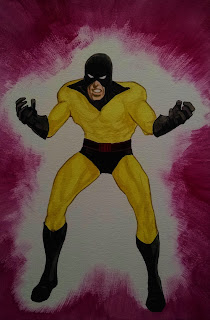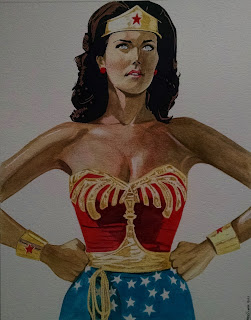
LEGENDARY HEROES #48 THE BLACK HOOD MLJ Comics was founded in 1939 by Maurice Coyne, Louis Silberkleit, and John Goldwater. The initials of their first names formed the MLJ of the company name. They started out publishing superhero comics and one of the most popular characters was the Black Hood, created by Harry Shorten and premiering in Top Notch Comics #9 in October 1940. The character was so popular that it soon began appearing in a pulp magazine. This was an unusual twist in that several pulp heroes like The Shadow and Doc Savage made the transition to comic books, but not the opposite. Black Hood Detective appeared as a pulp in September 1941, and was renamed Hooded Detective with the next issues in November 1941 and January 1942, before ceasing publication. All three pulp novels of the Black Hood were authored by G. T. Fleming-Roberts, a well established pulp writer. Despite the short run in the pulps, the Black Hood gained in popularity and was given his own title in 1


